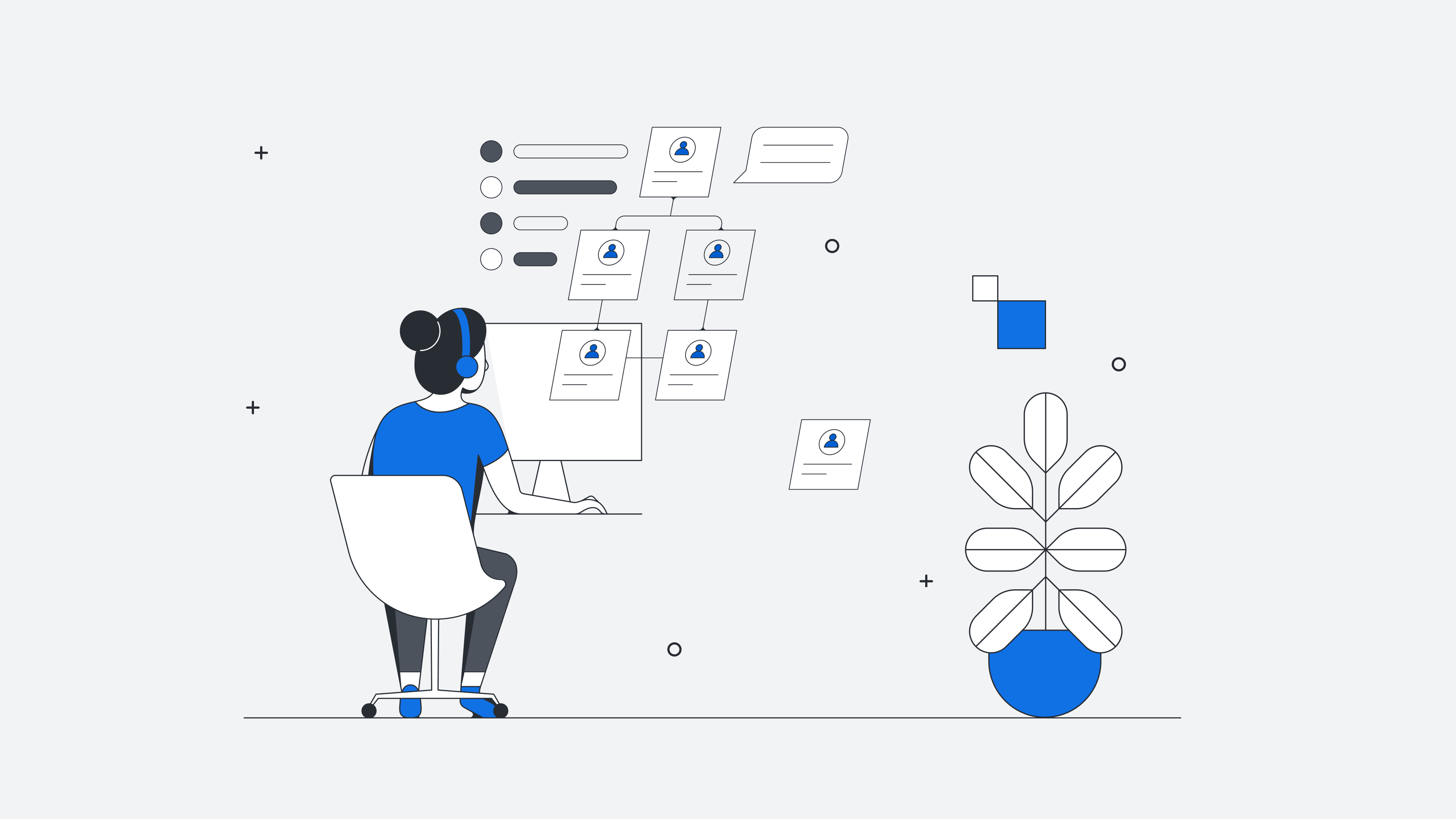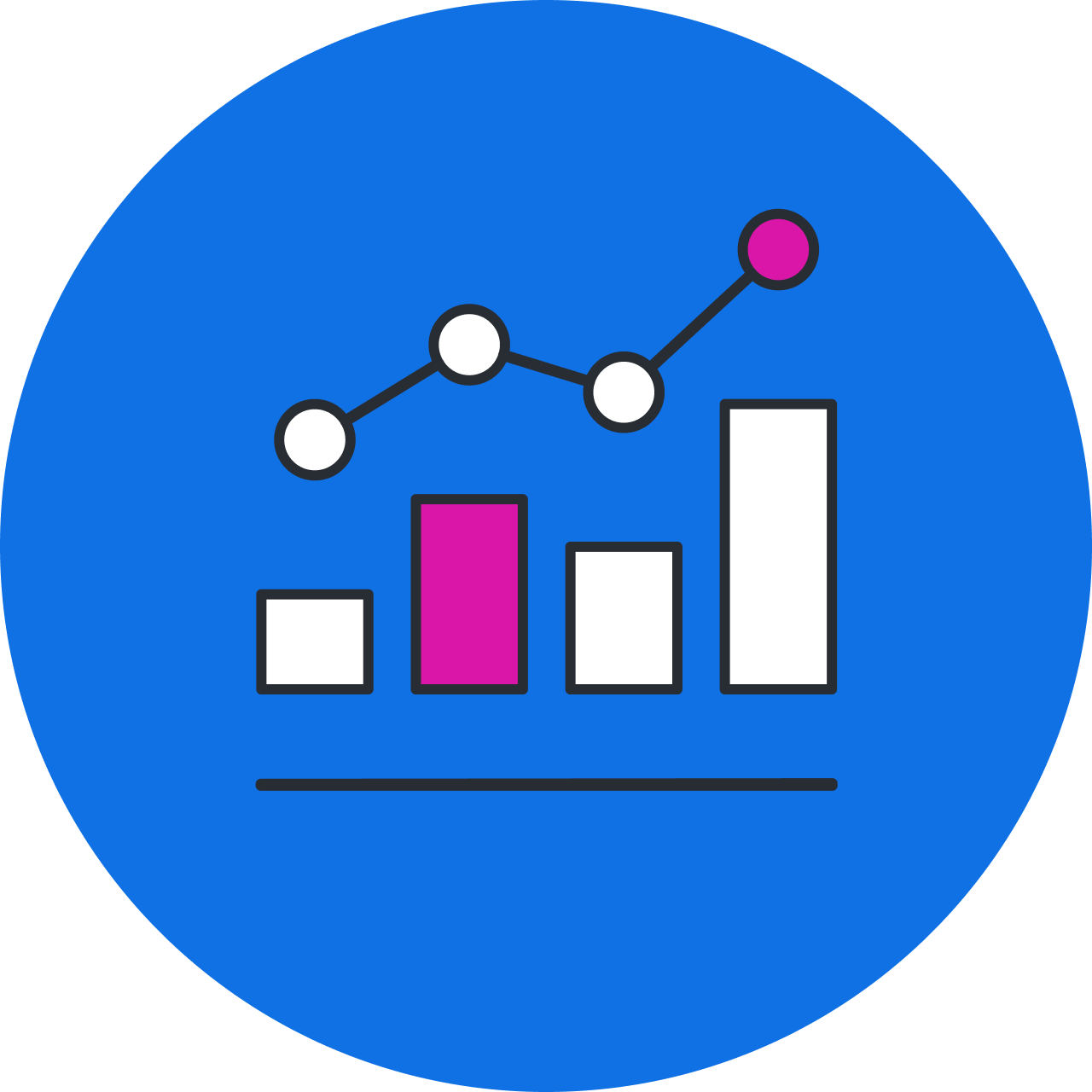
How to transition from funding projects to funding products
Reading time: about 7 min
Topics:
Agility is no longer “just an IT initiative.” As businesses have overwhelmingly adopted remote and hybrid work models in recent years, it’s become increasingly clear that to remain competitive and sustainable long term, organizations must be able to adapt quickly and nimbly at every level.
But achieving large-scale business agility takes strategic leadership that builds alignment beyond a single team or department. In fact, agile transformation requires a fundamental shift away from traditional project-based operating models and measures of success to a product-led enterprise.
And this means changing the way you fund your projects.
That’s where leaders play a pivotal role. One of the key strategic responsibilities of a leader is to fund the right things at the right time. And for an agile organization, this means funding products, not projects.
Why traditional project-based funding methods don’t support agile efforts
Traditional project-based funding is inflexible, with fixed scopes, timelines, and budgets that cannot be easily or quickly adjusted, making it a poor fit for agile-minded organizations. And they reveal a fundamental disconnect between the teams doing the work and teams funding the work.
This is because project-based models follow a top-down, “plan, build, run” cycle, where a team or leader sends IT project requirements, IT estimates the project costs and proposes a budget, and a plan and budget are approved. Projects and budget are typically set annually and selected based on the business priorities and opportunities of the current market.
There are a few key issues with this traditional funding cycle:
- Cost estimates are typically inaccurate because they are determined before the full scope of the project can be evaluated, and updating the plans requires a time-consuming change control process.
- The budget is usually locked in for the fiscal year, meaning it’s next to impossible to adjust funding based on evolving priorities, changing markets, or new information.
- When a project ends, the work ends with it, and there isn’t a plan for improving or building on the work without creating a new project.
The result: Wasted time. Wasted money. Hampered agility. And unsatisfied customers.
As agile teams become more responsive and need to pivot quickly, they need funding cycles that are equally responsive and provide the flexibilty to respond to market changes. If leaders don’t close this gap between strategy and execution by shifting their financial governance processes, it will be nearly impossible to achieve the benefits of an agile business.
What a product funding model means
Project-based funding models don’t work with agile initiatives because agile work is organized around opportunities, products, and value streams. Instead, agile businesses need to shift to product funding models, or capacity-based funding.
This means instead of funding a time-bound project based on estimated requirements, teams are funded on an regular basis (also called perpetual funding). This provides consistent, predictable funds that the IT team can allocate and reallocate as needs and priorities evolve. Under a product funding model, expenses are fixed and self-organizing teams move people and funds to the most critical work without escalating to management.
How to transition to product funding
Eighty-five percent of organizations have adopted, or plan to adopt, a product-centric delivery model, according to a survey by Gartner. But moving from a project-centric to an agile, product-centric model isn’t always easy. In fact, 55% of organizations cited funding and the culture clash between “the business” and “IT” as top challenges.
This is where strategic leadership comes in. Senior leaders must leverage their influence to undo traditional project structures and build a replacement structure that supports a product-based funding future.
Here’s how:
Adopt an agile mindset
An agile mindset lays the groundwork for self-regulating, product-led funding. But fundamental change has to start at the top. This means leaders must first align their own mindset with what it means to be agile.
An agile mindset includes:
- Trusting and respecting your teams
- Meeting change with flexibility and openness
- Welcoming feedback and new ideas
- Embracing creativity and collaboration
- Focusing relentlessly on the customer
- Valuing continuous improvement
Easier said than done, right?
Changing mindsets and culture is often the most challenging part for leaders. This type of large-scale change is uncomfortable and takes a lot of courage—it’s nerve-racking to go through the process of learning what isn’t working in your organization, recognizing it, and taking the steps to change. But it’s worth it.
When top leaders are aligned and lead out on transitioning to an agile model, the chances of success rise from 30% to 75%.
Identify your value streams
Understanding, identifying, and optimizing your value streams is essential to building an agile business and making sure funding is invested in activities with the highest value.
So what does this mean?
A value stream is the set of actions a team or organization takes to deliver value to a customer or address a customer need. As the Project Management Institute puts it:
“A value stream begins, ends, and hopefully continues with a customer.”
The goal is to deliver the most value to the customer and, by extension, the business. By focusing on value streams instead of static, annual business objectives (and budgets), leaders and their teams can adapt to evolving customer requirements, changing competitive landscapes, and disruptive markets.
In other words, by organizing teams around value streams, you break down financial silos by investing in the most important business priorities and delivering continuous improvement.

Learn how to identify and manage value streams for business agility.
Go nowAlign strategic planning with budget and governance cycles
In a project-based funding model, strategic planning and budgeting typically occur on an annual basis. But this locks teams into static priorities that can’t adapt to changing needs throughout the year.
In order to shift your operations to an agile product funding model, you’ll need to change from annual planning and budget cycles to more frequent review cycles that allow for iterative changes and improvements based on changing conditions.
What does this look like?
- Reviewing your strategic plans and roadmap regularly (e.g., quarterly) so you can identify key shifts in customer needs or market opportunities.
- Aligning your budget cycles with your strategic planning cycle so your funding and resources can be allocated or reallocated where they’re needed most.
- Identifying key success metrics associated with your funding to help understand when to continue funding initiatives or pivot the budget towards other efforts.
Pro tip: Strategic frameworks like Lean portfolio management can help you set up funding models that can adapt to evolving needs and connect business strategy with project execution.
Measure success
It will be difficult to sustain an agile funding strategy if you can’t demonstrate its success. Keep leadership and teams engaged in the process by measuring and reporting on the value and return on investment (ROI) product-based funding delivers.
The success of a product funding model is measured by outcome rather than output. In other words, what value did you deliver?
The issue here is that ROI is a lagging indicator, meaning you can’t know the value of your work until after it’s done.
To address this, you’ll need to set expectations early that new investments may initially result in neutral or negative ROI. But you can also identify key performance indicators (KPIs) for each product release. These will vary depending on your unique value streams but can include metrics such as:
- Market share
- Feature usage
- Customer satisfaction
These are examples of lagging indicators, so you’ll also want to review leading indicators like the amount of ready backlog, team availability, amount of outstanding bugs, and more. While these can be more difficult to measure, they give leaders a glimpse into the stability and momentum of the initiative.
It’s important to review and track both leading and lagging metrics to establish a clear picture of performance and understand what is working well, and where you need to adjust your efforts.
Agile funding = agile business
Product-based funding helps leaders put the right resources to the right initiatives, at the right time. When you fund products rather than projects, you can move proactively to adapt to changing market and customer needs.
This results in:
- Faster delivery
- Reduced waste
- Increased transparency
- Improved quality
Although agile transformation takes time, it’s worth the investment.

Leading through change takes humility and courage, but with the right mindset and approaches, senior leaders can enable a transformation that dramatically boosts team engagement, customer delight, and the bottom line.
Get the guideAbout Lucid
Lucid Software is the leader in visual collaboration and work acceleration, helping teams see and build the future by turning ideas into reality. Its products include the Lucid Visual Collaboration Suite (Lucidchart and Lucidspark) and airfocus. The Lucid Visual Collaboration Suite, combined with powerful accelerators for business agility, cloud, and process transformation, empowers organizations to streamline work, foster alignment, and drive business transformation at scale. airfocus, an AI-powered product management and roadmapping platform, extends these capabilities by helping teams prioritize work, define product strategy, and align execution with business goals. The most used work acceleration platform by the Fortune 500, Lucid's solutions are trusted by more than 100 million users across enterprises worldwide, including Google, GE, and NBC Universal. Lucid partners with leaders such as Google, Atlassian, and Microsoft, and has received numerous awards for its products, growth, and workplace culture.
Related articles
How value streams increase agility for hybrid organizations
Learn how leaders who embrace value streams can accelerate their organization’s agile transformation in this blog by Jeff Rosenbaugh, Sr. Director of Professional Services, Lucid.
Traditional vs. agile leadership, explained
In this blog post we will explain traditional leadership vs. agile leadership and share some tips for becoming a more agile leader.
How to fix 6 common product strategy mistakes: A Q&A with Roman Pichler
Roman Pichler shares insights on how to define and communicate an effective product strategy, avoid common mistakes, and secure strong stakeholder buy-in.
8 common product innovation mistakes (and what to do instead)
Learn how to avoid common product innovation mistakes with insights from Lucid’s Jeff Rosenbaugh and Christopher Bailey.
